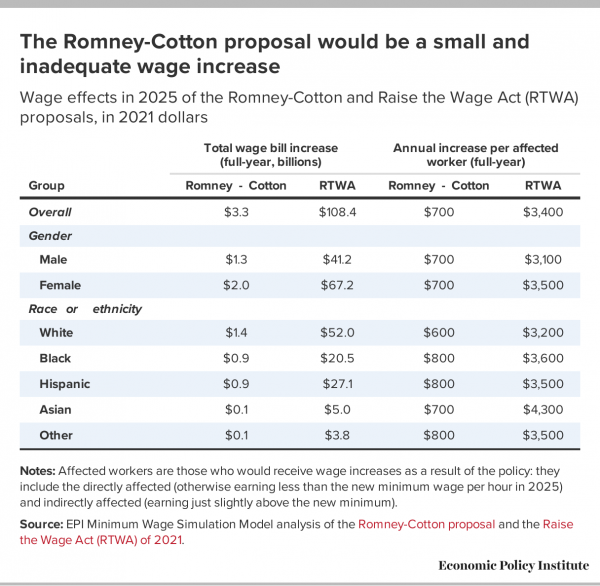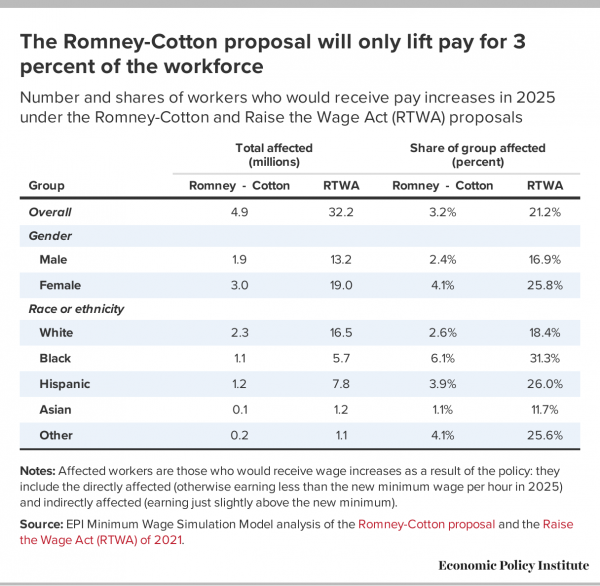Gladys Stephenson and Fleming got into an argument. Fleming slapped her. James Stephenson interceded, and the two men got into a scuffle. Stephenson shoved Fleming through the store's plate-glass window. White men, hearing the ruckus and seeing Fleming on the sidewalk, attacked James Stephenson. When his mother intervened, she, too, was beaten. The Stephensons were arrested and charged with assault.
Race relations were already tense in Maury County, where African Americans still remembered Cordie Cheek, a Black teenager who was taken from his home, beaten, castrated and lynched after being falsely accused of raping a White girl in 1933.
Tensions intensified in the South in the months after the end of World War II, when Black veterans returned home to find that Jim Crow laws consigned them to second-class citizenship. When Black veterans pushed for racial equality, White law enforcement officers responded violently.
Two weeks before the incident at Castner-Knott, Isaac Woodard, a decorated Army veteran who had been discharged earlier that day and was still wearing his uniform, exchanged words with a White bus driver. He was subsequently beaten so brutally by a South Carolina sheriff that he was left permanently blind. Days earlier, veteran Timothy Hood took down a Jim Crow sign in Bessemer, Ala. A streetcar conductor shot him five times, and the police chief followed him home and shot him in the head, killing him. The coroner ruled the killing a "justifiable homicide."
After the Stephensons were arrested, White men began drinking in the Columbia town square and plotting to punish the mother and son for their impudence. The White men went to the jail and demanded that the sheriff, J.J. Underwood, release the Stephensons. Underwood refused. He contacted a prominent Black businessman, who smuggled the Stephensons out of town.
By then, word of the confrontation at the jail had spread to the nearby Black neighborhood of Mink Slide. Black residents, including many war veterans, suspected their lives were in danger and armed themselves. According to an account in Thomas Brooks's "Walls Come Tumbling Down: A History of the Civil Rights Movement," one of the veterans shouted, "We fought for freedom overseas! And we'll fight for it here!"
Someone shot out the streetlights in Mink Slide, presumably so White intruders would not see where they might direct their gunfire. Hearing the shots, four Columbia patrolmen ran toward Mink Slide, where they were met with gunfire and injured.
Hundreds of state police and other law enforcement officers converged on Mink Slide early the next morning, forcing residents from their houses and confiscating their guns, jewelry and money. Homes and businesses were destroyed.
Harry Raymond, a reporter for the Daily Worker, a communist newspaper published in New York City that campaigned against racial discrimination, counted 34 bullets in front of a barber shop. He said the letters "KKK" were scrawled on the walls of businesses. A jukebox was smashed in one business and the money removed from it. A bayonet was shoved through the music box in another business, and a grocery store was pillaged. Raymond described the destruction inside a church: "With fiendishness, these men, sworn to uphold law and order, ripped and tore the chapel draperies. Pieces of wreckage were on top of a Bible on the pulpit."
Over the next two days, dozens of Black residents — but no Whites — were arrested. Police identified two of the men, William Gordon and James Johnson, as being the primary troublemakers. When they were being questioned, one of them reportedly grabbed a confiscated weapon and shot and injured one of the police officers. Police responded by shooting and killing Gordon and Johnson.

Walter White, executive director of the NAACP, sent the organization's top attorney, Thurgood Marshall, to defend the 25 suspects charged with rioting and attempted murder. But Marshall contracted pneumonia, and the suspects were defended by Z. Alexander Looby of Nashville, Maurice Weaver of Chattanooga and Harvard law professor Leon Ransom.
The judge moved the case to nearby Lawrence County, where a jury, resentful of the fact that, according to prosecutor Paul Bumpus, "Maury County had dumped its dirty laundry on them," acquitted 23 of the 25 suspects.
Marshall, who had by then recovered from his illness, represented the two remaining suspects in their appeal in mid-November. The all-White jury found one guilty.
When the trial ended, Marshall and the other attorneys knew it was not safe for them to remain in Columbia and decided to drive to Nashville. Shortly after leaving Columbia, they realized they were being followed by several cars, including a police car. They were pulled over by the police. Marshall was arrested for being drunk — even though he had had nothing to drink — handcuffed and put in one of the cars.
Raymond, Looby and Weaver were told Marshall was being taken back to Columbia and ordered to continue to Nashville. Looby saw that the police car and the other cars were not returning to Columbia. He followed them as they turned down a dirt road.
"They're taking him into the woods," Raymond told the others. "They're going to lynch Thurgood Marshall."
Marshall saw a menacing group of White men waiting at the end of the road. But upon seeing Marshall's friends, the police knew that they could not continue with their plans. Marshall was driven back to Columbia to face charges of being drunk.
An elderly judge demanded that Marshall breathe into his face. Marshall obliged. The judge then turned toward the police officer and snapped: "This man hasn't had a drink in 24 hours. What the hell are you talking about?"
Marshall was free to leave but worried about what would happen to him once he got back on the road. Local Black residents escorted Marshall and the others out of town, hiding them in different cars.
The experience made an impression with Marshall, who later argued Brown v. Board of Education in front of the U.S. Supreme Court and went on to become the country's first African American Supreme Court justice. "He had a newly found fear of white mobs and violent policemen," his biographer Juan Williams wrote.
And the riot had longer-reaching effects — the event and other violence against African Americans prompted President Harry S. Truman to establish the President's Committee on Civil Rights to document instances of racial violence and to make recommendations to address racial discrimination in the United States. In 1948, as a result of the commission's conclusions, Truman signed Executive Order 9981 that ended segregation in the armed forces.
Read more Retropolis:




